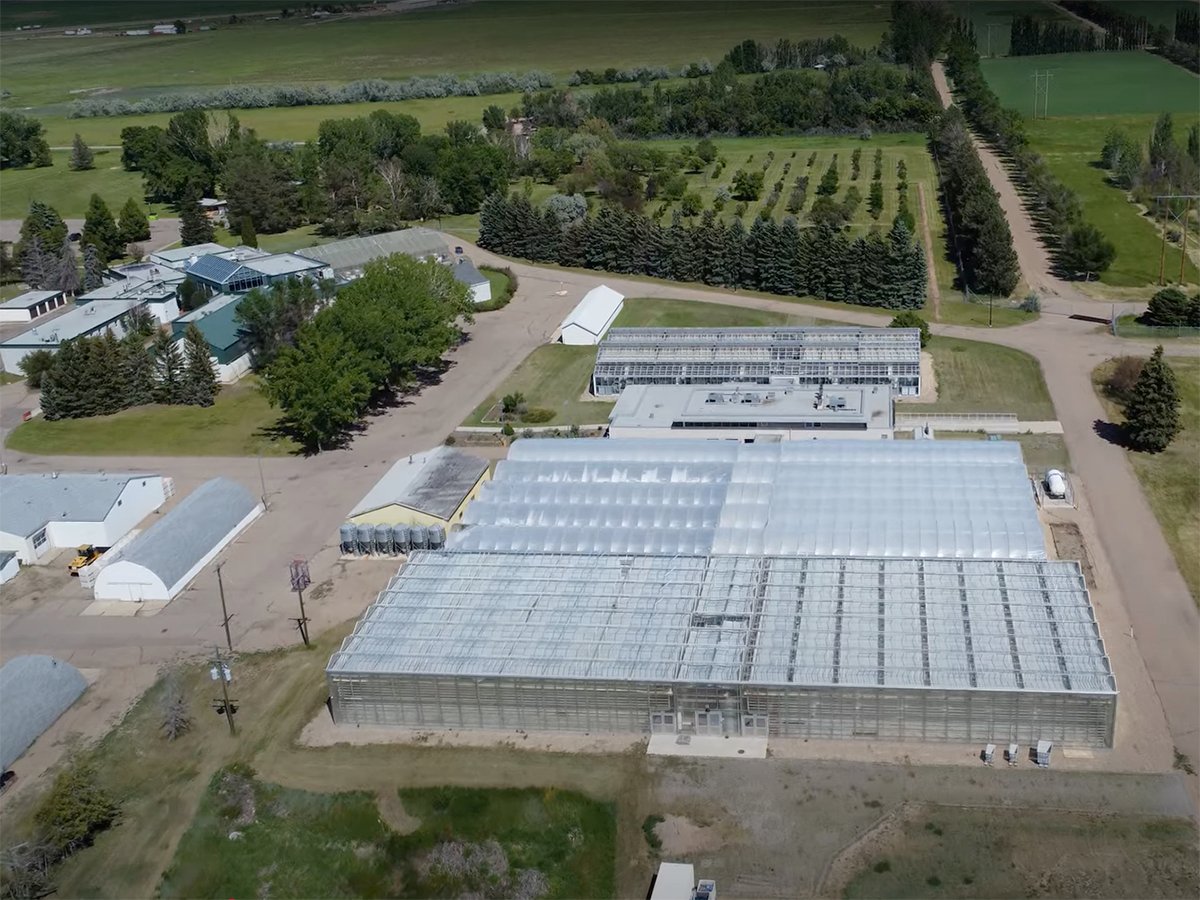It’s not enough to make a farm plan for next week or next month or next year, says South Dakota State University professor Dwayne Beck.
Farmers should also consider the next 100 years, embracing the methods used by Mother Nature to en-sure soil health and farming sustainability.
Beck, who spoke at the Farming Smarter conference in Lethbridge Dec. 6-7, is also research manager for the Dakota Lakes Research Farm at Pierre, South Dakota.
The research farm has been zero-till since 1984, enabling Beck to observe longer-term improvements in soil health, water retention and insect and weed management.
Read Also

Alberta crop diversification centres receive funding
$5.2 million of provincial funding pumped into crop diversity research centres
“No-till is a tool … to let us manage an ecosystem,” he said.
“Once you do tillage, you’re no longer in charge of the ecosystem. Everything just goes to hell out there.”
Dakota Lakes has a goal of being carbon neutral by 2026, which Beck said means strict attention to energy costs. Harvesting sunlight, as nature does, is one way to reduce those costs.
He said 80 percent of total agricultural input costs are energy related so better use of water and inputs will be required to keep farming viable in the future. Improved commodity prices may provide an opportunity for longer-term planning.
“Maybe it’s time, when we’ve got some breathing room and capital in agriculture, trying to determine where we want to be … in the next 100 years or 600 years, not next Thursday.”
Beck embraces nature’s way of ensuring diversity, managing nutrients, recycling energy and using animals as part of the farming system.
He said the research farm hasn’t used insecticides for 11 years and no longer uses herbicides. Instead, it has implemented an effective crop rotation that reduces weeds.
Beck described post-emergent herbicide treatments as “absolutely insane” when four year crop rotations can manage weeds effectively.
Nature doesn’t export nutrients, yet agricultural trade leads most farmers to export commodities and nutrients on a regular basis.
“One of the things I hear a lot is we’ve got nine billion people to feed in the world,” he said.
“It makes no sense for us to degrade our ecosystem to feed nine billion people because then we won’t be able to feed ourselves. If we can’t do it without degrading our system, it’s too bad. We’ll have to send them a note and say, ‘sorry, can’t do it.’ ”
Canadians worry about foreign ownership of mines and energy companies but readily sell phosphorus and potassium cheaply in the form of agricultural goods, said Beck.
He also advocates using cattle as part of soil management for nutrient recycling and energy savings.
“Most nitrogen in feed hauled to the feedlot does not make it back to the field. Most nitrogen in the feed consumed in the field remains there, and so one of our goals is to try to keep the livestock in the field,” he said.
“I know everybody likes feedlots, but they’re incredibly energy intensive. The traditional feedlot system will probably not be predominant in 20 years because of the energy cost.”
Beck advocates bale grazing and self-propelled grazing cells to incorporate cattle into field management, nutrition and increasing soil organic matter.
“The most efficient biomass digester has four legs and goes moo,” he said.














